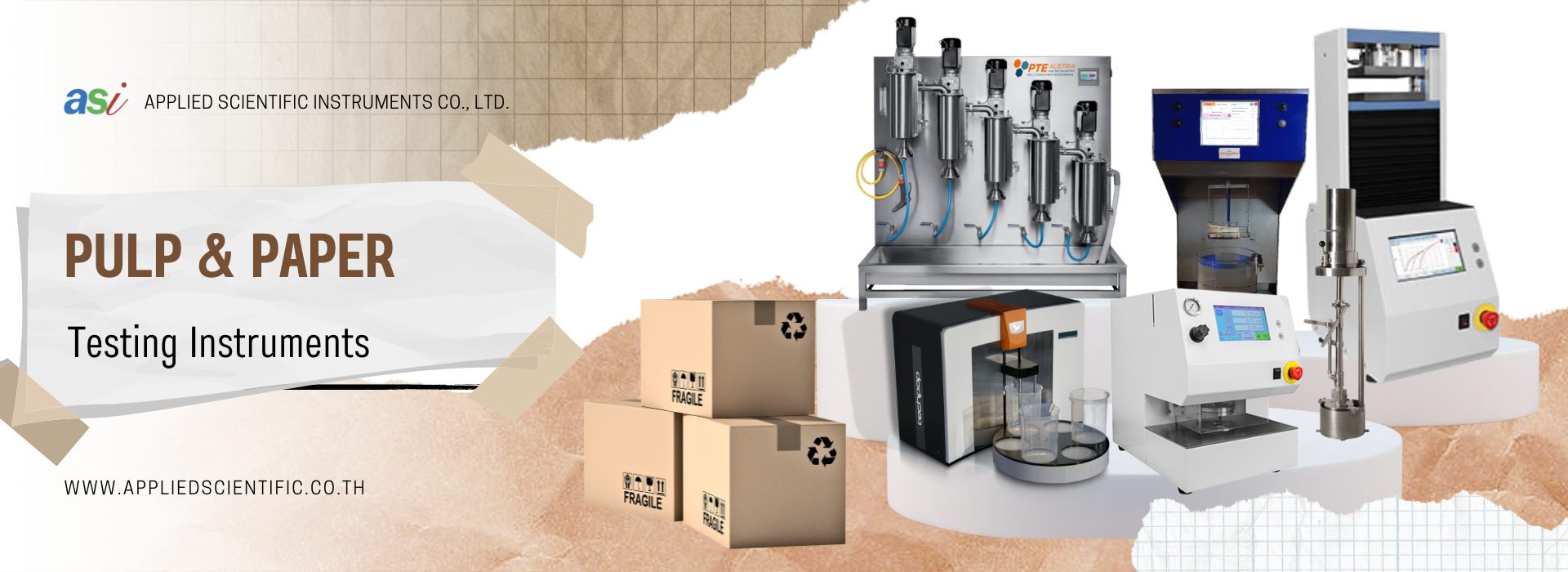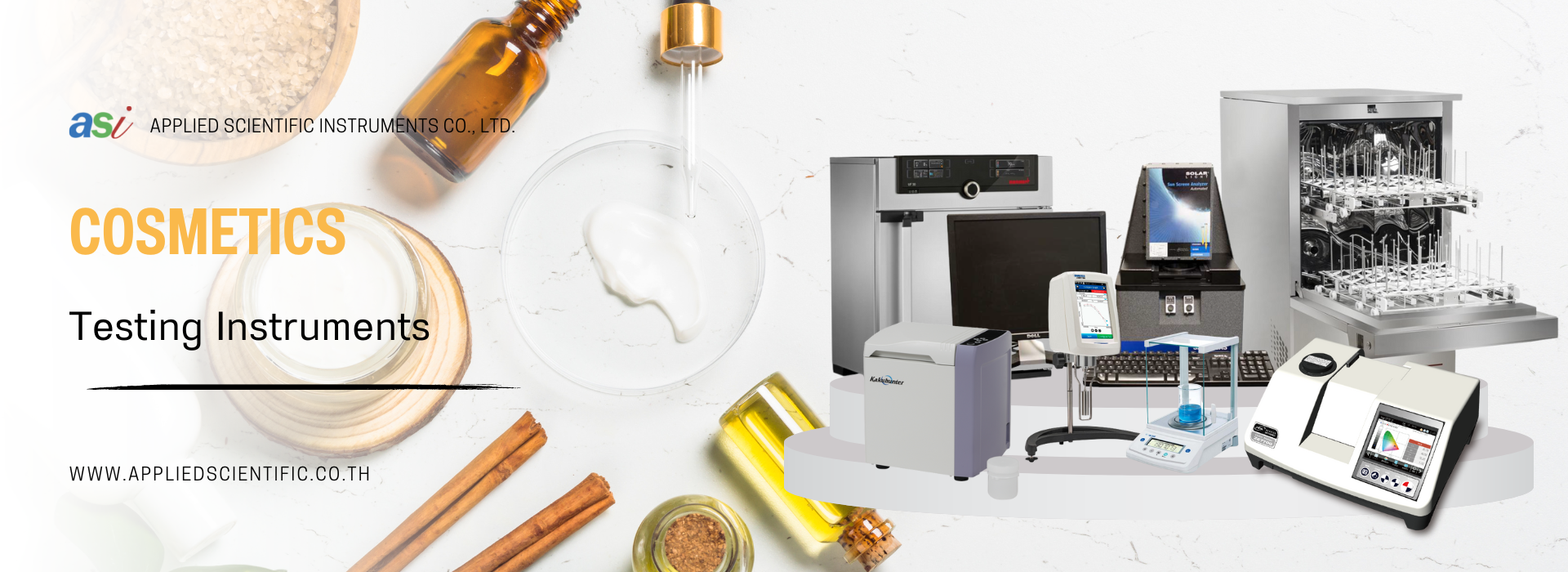
Gasoline Engine
29 พฤษภาคม 2566
ผู้ชม 581 ผู้ชม
DESCRIPTION
The Armfield CM11-MKII biofuel compatible Gasoline Engine provides a self-contained engine test rig, which enables students to investigate a range of engine performance characteristics.
The unit is designed to be linked to a computer, and is supplied with sophisticated educational data acquisition software.
The Armfield CM11-MKII is a self-contained integrated, multi-cylinder engine, dynamometer and instrumentation system, based on a VAG (Volkswagon Automotive Group) 1.2 Litre, 3-cylinder engine, as used in a number of VW cars. This engine is a modern design, with electronic engine management of ignition and fuel injection settings.
The Armfield CM11-MKII can be run on a wide variety of biofuels and ethanol mixes. It can be used for fuel testing and comparison exercises. (After each run on non-standard fuel, the engine should be run for a short time on standard gasoline.)
An eddy current dynamometer provides a variable load on the engine,enabling the characteristic power and torque curves to be reproducedin the laboratory. The system comes complete with extensive instrumentation, including rpm measurement, torque (from which power can be calculated),plus various temperatures, pressures and flows (see technical specification).
The whole system is designed to be linked to a computer (not supplied) using the software provided. This provides real time monitoring of the various sensors with a wide range of data logging and graphical display options. The dynamometer and throttle can both be controlled electronically, which makes installation into a closed test cell very straightforward and enables for remote operation.
A safety ‘watchdog’ facility ensures the system shuts down safely in the event of computer failure or software lock-up.
A further advantage of the computer control is that stable rpm readings can be easily achieved using the closed loop control function on the dynamometer drive.
A closed loop primary water-cooling system is incorporated, complete with a heat exchanger for connecting into a secondary cold water supply.
A feature of the system is the Engine Control Unit (ECU), which controls the ignition timing and fuel injection characteristics. The user has full access to this information and advanced users can vary the parameters to explore engine performance under different conditions.
The injector opening times are available from the ECU software and they can be used to calculate accurate fuel consumption.
The ECU software can either be run on the same computer as is used for control and data logging, or can be run on a separate computer.
TECHNICAL SPECIFICATIONS
Sample tube I/D: 0.038m
Sample tube length: 0.507m
Pump: 24 L/hr
Flow meter range: 0-3 L/min
Glass funnel: 1.5L
Solenoid valves: 2
Pressure range: 0-5 psi
ENGINE DATA
Engine Model: VAG type AWY
Displacement: 1198cc
Bore: 76.5mm
Stroke: 86.9mm
Cylinders: 3 (6 valve)
Nominal Power: 40kW @ 4700 rpm (running on gasoline)
Nominal Torque: 106Nm @ 3750 rpm (running on gasoline)
DYNAMOMETER DATA
Dynamometer Type: Eddy current
Cooling: Air cooled
Max Power: 55kW for 20 minutes
INSTRUMENTATION AND SENSORS
Engine speed counter
Load cell to measure torque
Inlet air flow measured by orifice plate
Inlet air temperature
Secondary cooling water flow and temperatures (inlet and outlet)
Lambda sensor (wideband)
EPERIMENTAL CONTENT
- To produce a set of performance curves for the engine under varying loads
- To determine the volumetric efficiency of the engine under varying loads
- To measure the pressure inside the cylinder during a complete cycle, and to relate this to the position of the piston, producing a pressure-volume diagram, (requires CM11-MKII-12 engine indicator set)
- To measure the fuel consumption of the engine.







